Human-Centered Design
for Community Business Social Impact People
Human-Centered
Design for Community Business Social Impact People
We craft compelling digital and physical spaces that inspire action and build communities. Our work bridges the gap between brand identity, web design and development, public art, and social cause marketing, making each project a catalyst for positive change.
Are you a state, local or higher education organization?
Empowering SLED Communities
with Website Design & Branding
Website Design & Development
Accessible Digital Experiences: ADA and WCAG-compliant, user-centered designs
Scalability with WordPress VIP: High-performance, secure government websites for long-term impact
Brand Identity & Campaign Design
Visual Storytelling: Creating logos, brand guidelines, and visual assets for impactful social cause messaging Cause-Driven
Campaigns: Award-winning marketing and cause campaigns tailored to resonate with audiences
Public Art & Community Engagement
Murals and Installations: Public art designed to promote awareness and local identity
Social Impact Projects: Art installations that foster community pride and dialogue on social issues
Website Services
At Mandala Creative, we fuse artistry and innovation to create websites that are as functional as they are captivating. By combining a commitment to creativity, collaboration, and results, we design digital experiences that elevate your brand, engage your audience, and drive growth.
Inspire Action with Captivating Designs
Your website is more than a digital storefront—it’s the heart of your online presence. At Mandala Creative, we combine creativity and strategy to design websites that tell your story, captivate your audience, and drive meaningful action. Every detail, from colors to layout, is crafted with precision to reflect your brand’s essence and leave a lasting impression.
Build Fast, Reliable, and Scalable Websites
Our development services bridge creativity and performance to deliver websites that are as functional as they are beautiful. Using cutting-edge technologies and modern coding standards, we transform your designs into responsive, user-friendly platforms that perform flawlessly. From small businesses to enterprise-level solutions, we build websites tailored to your needs.
Empower Your Business with Flexible WordPress Solutions
Unlock the power of WordPress with our expert development services. Whether you need a sleek brand website or a feature-rich e-commerce platform, we create tailored solutions that combine ease of use with robust functionality. With Mandala Creative and WordPress, managing your website is simple, empowering you to focus on your business.
Secure, Reliable, and Worry-Free Hosting
Your website deserves a strong foundation. Our managed hosting services prioritize speed, security, and reliability to ensure your online presence is always accessible and running at its best. With proactive monitoring and enterprise-level features, you can focus on growth while we handle the technical complexities.
Seamless and Engaging User Experiences
Exceptional design goes beyond visuals—it’s about creating intuitive, engaging experiences that connect with users and guide them effortlessly. At Mandala Creative, our UI/UX design process combines user research with innovation to craft interfaces that captivate and inspire.
Website Design
Inspire Action with Captivating Designs
Your website is more than a digital storefront—it’s the heart of your online presence. At Mandala Creative, we combine creativity and strategy to design websites that tell your story, captivate your audience, and drive meaningful action. Every detail, from colors to layout, is crafted with precision to reflect your brand’s essence and leave a lasting impression.
Website Development
Build Fast, Reliable, and Scalable Websites
Our development services bridge creativity and performance to deliver websites that are as functional as they are beautiful. Using cutting-edge technologies and modern coding standards, we transform your designs into responsive, user-friendly platforms that perform flawlessly. From small businesses to enterprise-level solutions, we build websites tailored to your needs.
WordPress Development
Empower Your Business with Flexible WordPress Solutions
Unlock the power of WordPress with our expert development services. Whether you need a sleek brand website or a feature-rich e-commerce platform, we create tailored solutions that combine ease of use with robust functionality. With Mandala Creative and WordPress, managing your website is simple, empowering you to focus on your business.
Hosting
Secure, Reliable, and Worry-Free Hosting
Your website deserves a strong foundation. Our managed hosting services prioritize speed, security, and reliability to ensure your online presence is always accessible and running at its best. With proactive monitoring and enterprise-level features, you can focus on growth while we handle the technical complexities.
UI/UX Design
Seamless and Engaging User Experiences
Exceptional design goes beyond visuals—it’s about creating intuitive, engaging experiences that connect with users and guide them effortlessly. At Mandala Creative, our UI/UX design process combines user research with innovation to craft interfaces that captivate and inspire.

ElementPad – Interactive Product Design for Movement-Driven Computing
ElementPad is a human-centered innovation merging physical ergonomics with digital control—reimagining how we move, work, and interact with technology. Co-founded and led by Mandala Creative’s Tristan Pittard, the project spans both hardware and software design, blending wellness, productivity, and responsive interfaces.
The product ecosystem includes an interactive standing pad and a customizable HUD interface, enabling users to control desktop applications (like Chrome, Acrobat, and Word) using foot gestures. Mandala led product strategy, UX research, human interface engineering, and visual brand development—from prototyping and interaction flows to logo design and market positioning.
The platform features real-time step tracking, calorie metrics, and motion-enhanced shortcuts for application control—designed to improve posture, increase movement, and introduce wellness into screen-based workflows. ElementPad reflects a fusion of accessibility-first design, motion-integrated computing, and intuitive brand storytelling.
Product Strategy | Design Systems | UX Design | Human Interface Engineering | Brand Identity | Motion Design | Accessibility-First UX | Native Application Design | Cross-Platform UI | Prototyping | Wellness Technology | Gesture Control Interfaces
LOC Magazine – Web Design Case Study
Mandala Creative was invited to reimagine the Library of Congress Magazine as an interactive, accessible digital experience. The original publication existed solely in PDF format, limiting usability, discoverability, and compliance with modern federal accessibility standards.
Our team developed a responsive prototype that translated the magazine’s editorial layout into a structured web format meeting Section 508 and WCAG 2.1 AA guidelines. Key features included semantic HTML architecture, automated alt-text and metadata, mobile-optimized design, and screen reader–friendly navigation.
The Library ultimately adopted a final digital magazine implementation that closely mirrors our proposed model—validating our approach to transforming rich editorial content into government-compliant, user-centric digital platforms.
UX Design | Accessibility Compliance | Prototyping | Web Publishing | Government Standards | WCAG 2.1 AA | Section 508 | Editorial Design | Responsive Design | Semantic HTML
Esco Alley Art – Digital Platform for Civic Storytelling
Esco Alley Art is a civic placemaking initiative founded and led by Mandala Creative to celebrate public art and community culture in Escondido, California. We designed and built a dynamic WordPress-based platform that showcases over 75 murals, complete with artist profiles, accessible multimedia storytelling, and a civic event archive.
The site is built using Advanced Custom Fields and Elementor Pro, enabling non-technical users to publish and manage content through a decentralized editorial workflow. Features include real-time filtering, search, and mobile-first design—making the platform both intuitive and inclusive.
The project has earned national recognition, including coverage in The New York Times, and continues to serve as a sustainable civic asset—supporting grant funding, artist visibility, and cultural preservation through transparent, WCAG-compliant design.
Brand Identity | Logo Design | Website Design & Development | Project Management | Grant Acquisition | Artist Curation | Public Art Management | Civic Engagement | WCAG Compliance | Outdoor Public Art Gallery | 78 Murals | 2021–2023
Telluride Gallery of Fine Art – Custom Migration & CMS Modernization
Mandala Creative led the full-scale migration of Telluride Gallery’s digital platform from a restrictive proprietary system to an open-source foundation built on WordPress and WooCommerce. The project encompassed 1,500+ artworks across 40 artists—each with rich metadata, multilingual tags, and complex exhibition histories.
We developed a highly structured content architecture to preserve and enhance curatorial relationships between artists, artworks, and collections. The new platform includes intuitive tools for managing inventory, publishing new exhibitions, and automating third-party content syndication—freeing the gallery from legacy vendor constraints.
The result is a scalable, SEO-optimized site that empowers curators with full editorial control while elevating the digital presentation of fine art in a mobile-first, accessible environment.
Website Design/Development | E-Commerce | Brand Identity
Tierra Realty Trust – Decade-Long Digital Partnership
Mandala Creative has supported Tierra Realty Trust for over a decade, guiding the digital transformation of this mission-driven affordable housing organization across 17 LEED-certified communities in New Mexico. Our collaboration culminated in a full website redesign in 2022 focused on sustainability, accessibility, and resident empowerment.
The custom WordPress platform features structured property listings with real-time availability, renter-friendly filtering, and resident communication tools. Built to ADA and WCAG standards, the interface supports automated listing syndication and quarterly accessibility audits to ensure long-term compliance.
By reducing administrative overhead and making affordable housing easier to find and navigate, the platform delivers meaningful impact for both the organization and the communities it serves—reflecting our commitment to long-term partnerships, institutional autonomy, and accessible public infrastructure.
Brand Identity | Website Design | Website Development | WordPress Development | Print Collateral | Accessibility Compliance | WCAG | ADA | Affordable Housing | Property Listing Management | Real-Time Availability | Resident Communication Tools | Mobile Optimization | SEO | Performance Monitoring | Long-Term Partnership
Balanced Breath – Wellness Platform & Retreat Brand Experience
Mandala Creative partnered with Balanced Breath, a holistic yoga retreat and wellness brand based in Puerto Rico, to deliver a full-spectrum digital presence—spanning brand-aligned web design, editorial materials, and UX for a personalized coaching platform.
We designed and developed a multi-page website and document suite that reflected the brand’s calm, grounded identity, with attention to visual storytelling, wellness-centered language, and professional editorial layout. Our work included content creation, stock image curation, and original photography to support both digital and print deliverables.
In parallel, we led UX design for Balanced Breath’s digital wellness platform, crafting intuitive mobile and web flows for event registration, retreat booking, and personalized coaching. Through user research and flow optimization, we increased engagement and retention across thousands of users.
This hybrid collaboration illustrates our ability to blend brand storytelling with digital product strategy—supporting both the experiential and operational sides of a growing wellness business.
Product Design | UI/UX | Website Design | Branding & Identity | Print Collateral | Photography | Editorial Design | Wellness Content Strategy | Event & Booking UX | SaaS Platform UX
Design Moe Kitchen & Bath – Brand Refresh & Lead-Driven Website Redesign
Mandala Creative partnered with Design Moe, a boutique kitchen and bath studio in Escondido, CA, to modernize their brand identity and transform their website into a high-performing marketing tool. The project focused on elevating visual appeal, improving user experience, and generating qualified leads from homeowners seeking bespoke interior remodels.
We led a full redesign on WordPress using a custom Elementor-based theme, with new copywriting, SEO strategy, and a mobile-optimized layout tailored for portfolio storytelling and service conversion. The refreshed brand identity included updated typography, image direction, and visual hierarchy—bringing clarity and elegance to every page. We also coordinated custom photography and provided CMS training for ongoing content management.
Since launch, the site has improved client inquiries and overall visibility, positioning Design Moe as a premium remodeling partner in the competitive Southern California market.
Website Design | Website Development | Brand Identity | WordPress Development | Elementor | UX Strategy | SEO Optimization | Copywriting | Photography Coordination | CMS Training | Lead Generation | Small Business Marketing | Interior Design Portfolio | Website Redesign
How public art makes an impact.
Public art has the power to transform public spaces, making them more vibrant, inclusive, and engaging. It fosters a sense of community pride and cultural identity, while encouraging a shared sense of belonging.
Public Art is a catalyst to spark dialogue and promote social awareness.
Xebeche
Sky Whale Mural | Escondido, CA | 2022

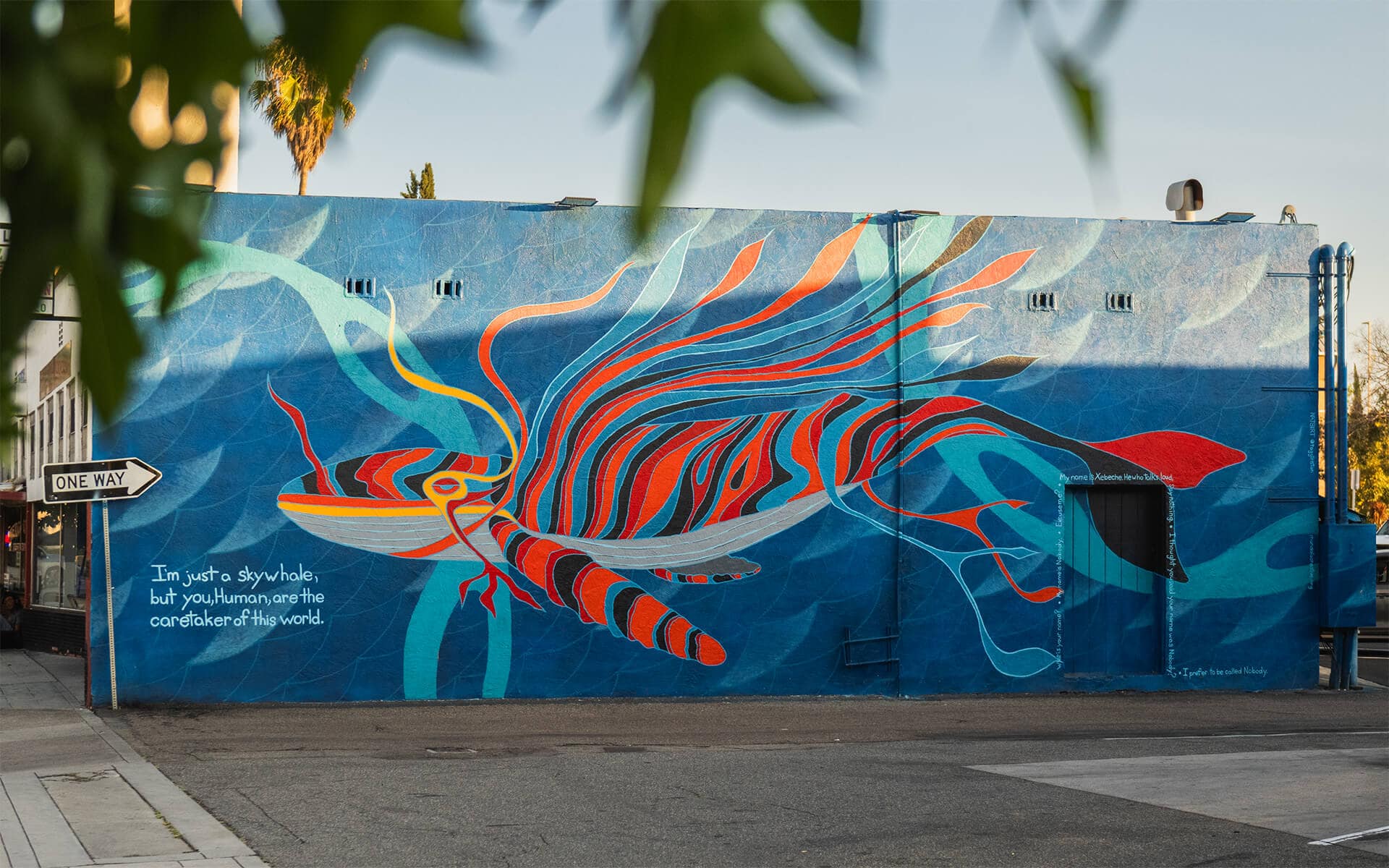
Xebeche
Sky Whale Mural | Escondido, CA | 2022
Grant from Escondido Public Art Commission
“I’m just a sky whale, but you Human, are the caretaker of this world.”
The messaging in this mural is intended to bring to light our individual responsibility as caretakers of the world we ALL live in.
1,000 sf mural, metal-oxide pigmented acrylic on stucco on historic building in the heart of Downtown Escondido
Grant from Escondido Public Art Commission
“I’m just a sky whale, but you Human, are the caretaker of this world.”
Diversity
Community Creates the Future | 18′ x 65′ | Escondido, CA | 2023
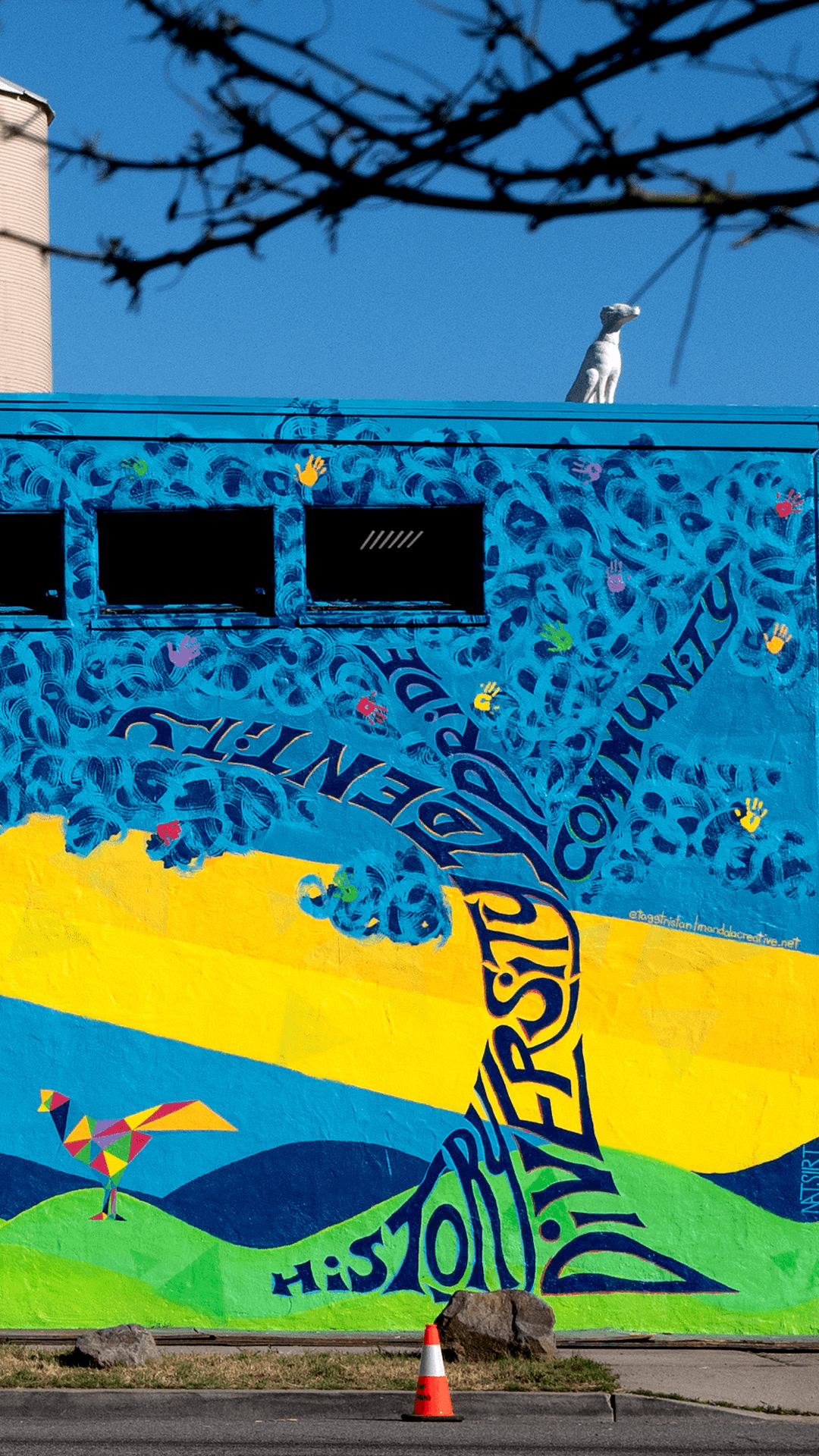

Diversity
Community Creates the Future | 18′ x 65′ | Escondido, CA | 2023
Grant through Escondido Community Foundation
In partnership with Escondido Arts Association & Suki Leibow
The message in the tree: “History, Diversity, Identity, Community, Pride”, combined with hand prints collected from within the community celebrates its vibrancy and brings light to a primary entrance into Escondido.
1,200 sf mural, metal-oxide pigmented acrylic on stucco on 100+ year old historic building with 35k daily traffic count
Grant through Escondido Community Foundation
In partnership with Escondido Arts Association & Suki Leibow
“History, Diversity, Identity, Community, Pride”
Pistil Love
8′ x 8′ | Escondido, CA | 2021
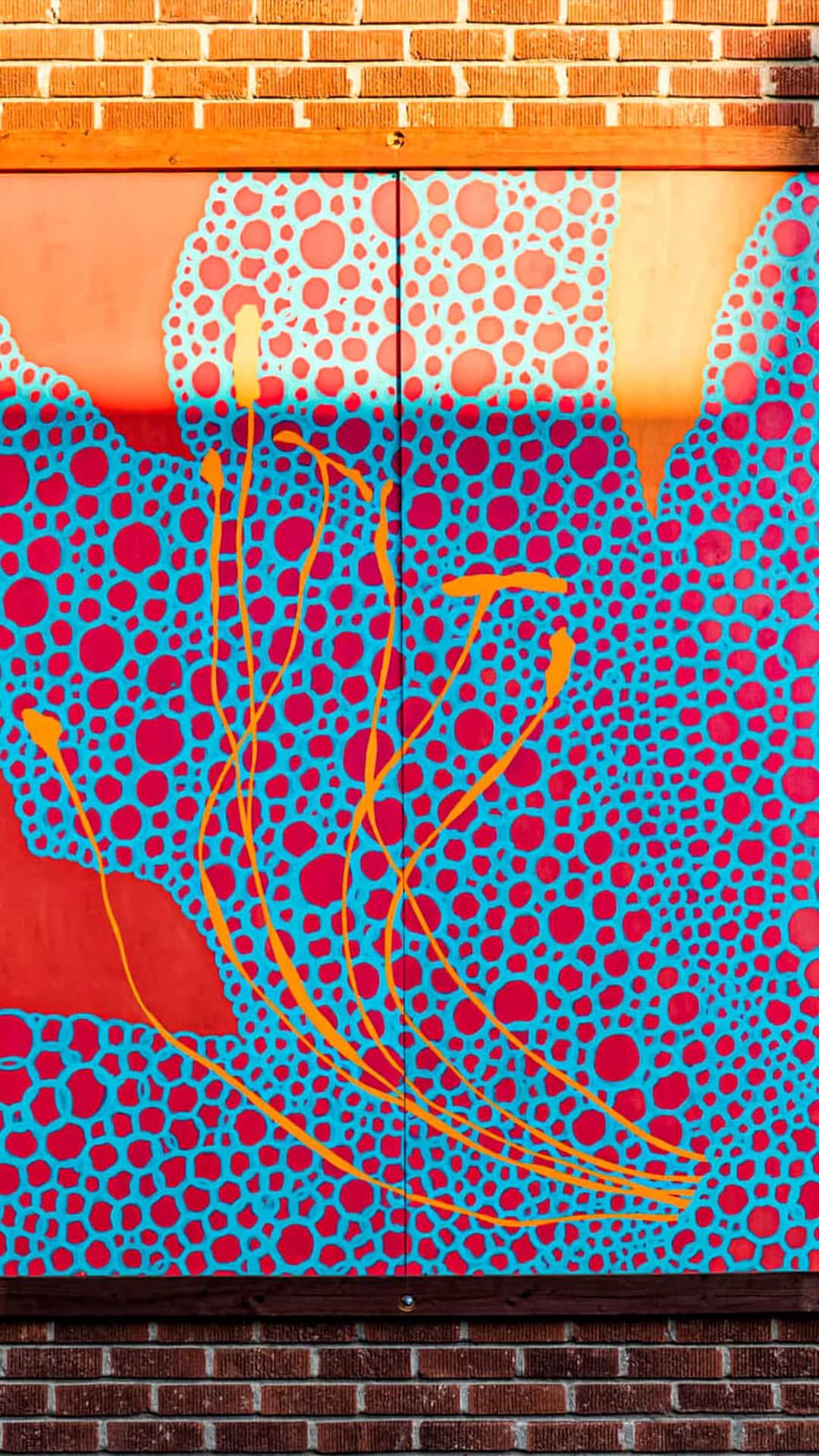
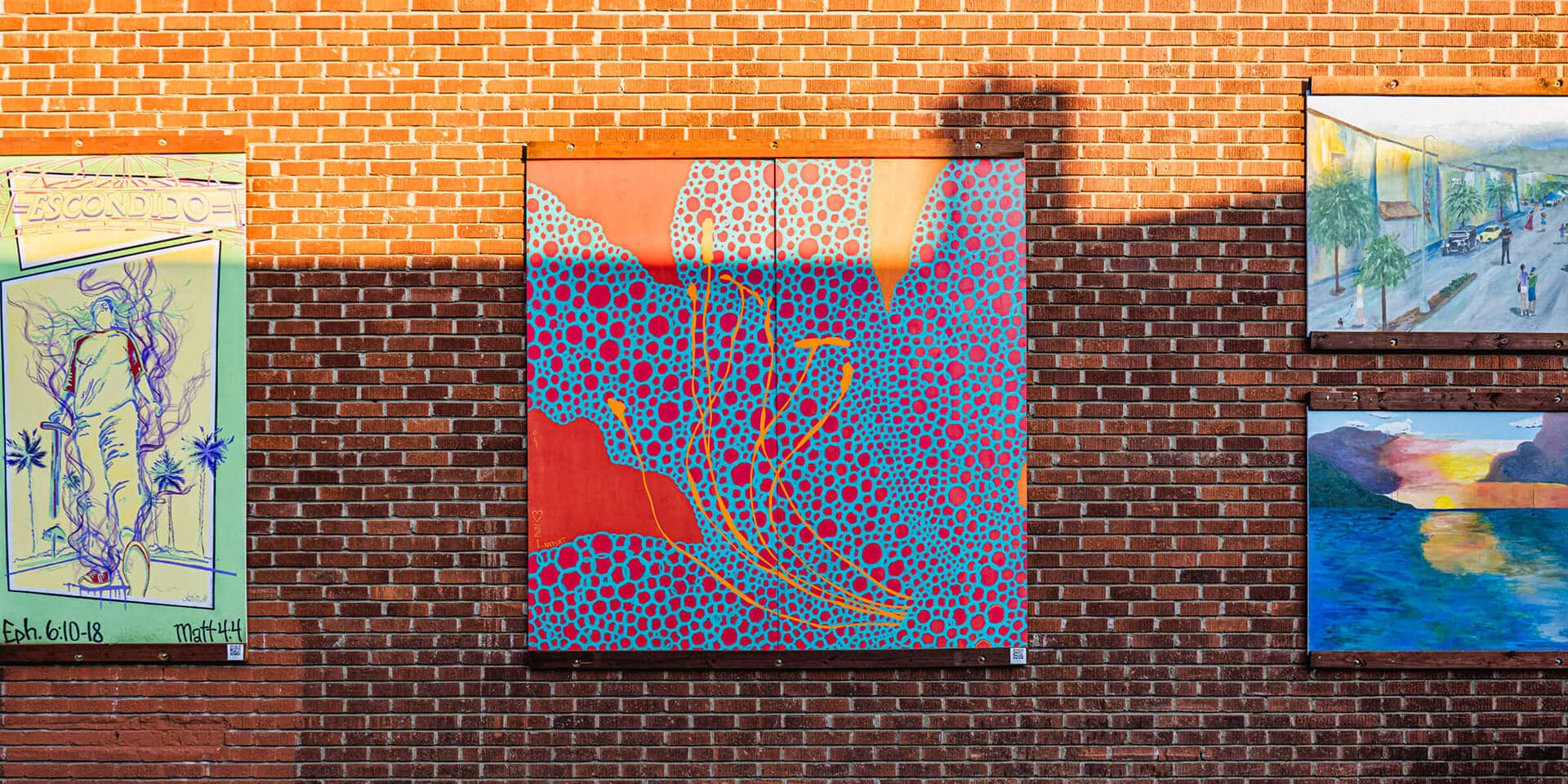
Pistil Love
8′ x 8′ | Escondido, CA | 2021
Founding Committee Member, Artist in 2021 Season | Current
A painting is worth a thousand words, so we created a 24/7 open air art gallery.
Since 2021 we have put up over 70 murals in the heart of Downtown Escondido with more to come.
8ft x 8ft metal-oxide pigmented acrylic on wood panel – Completed 2021 (aka Pistil <3)
Founding Committee Member, Artist in 2021 Season | Current
A painting is worth a thousand words, so we created a 24/7 open air art gallery. Since 2021 we have put up over 70 murals in the heart of Downtown Escondido with more to come.
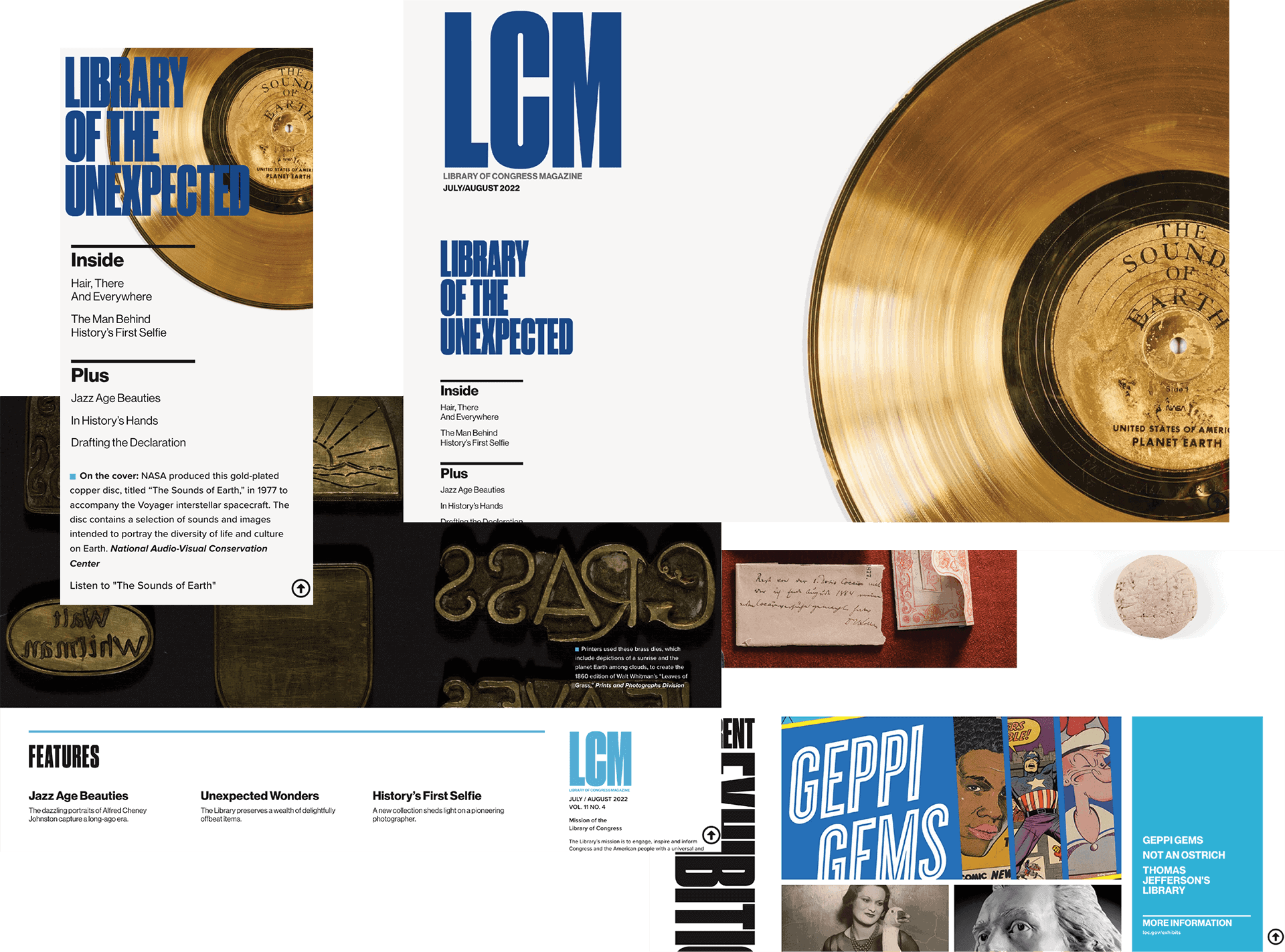

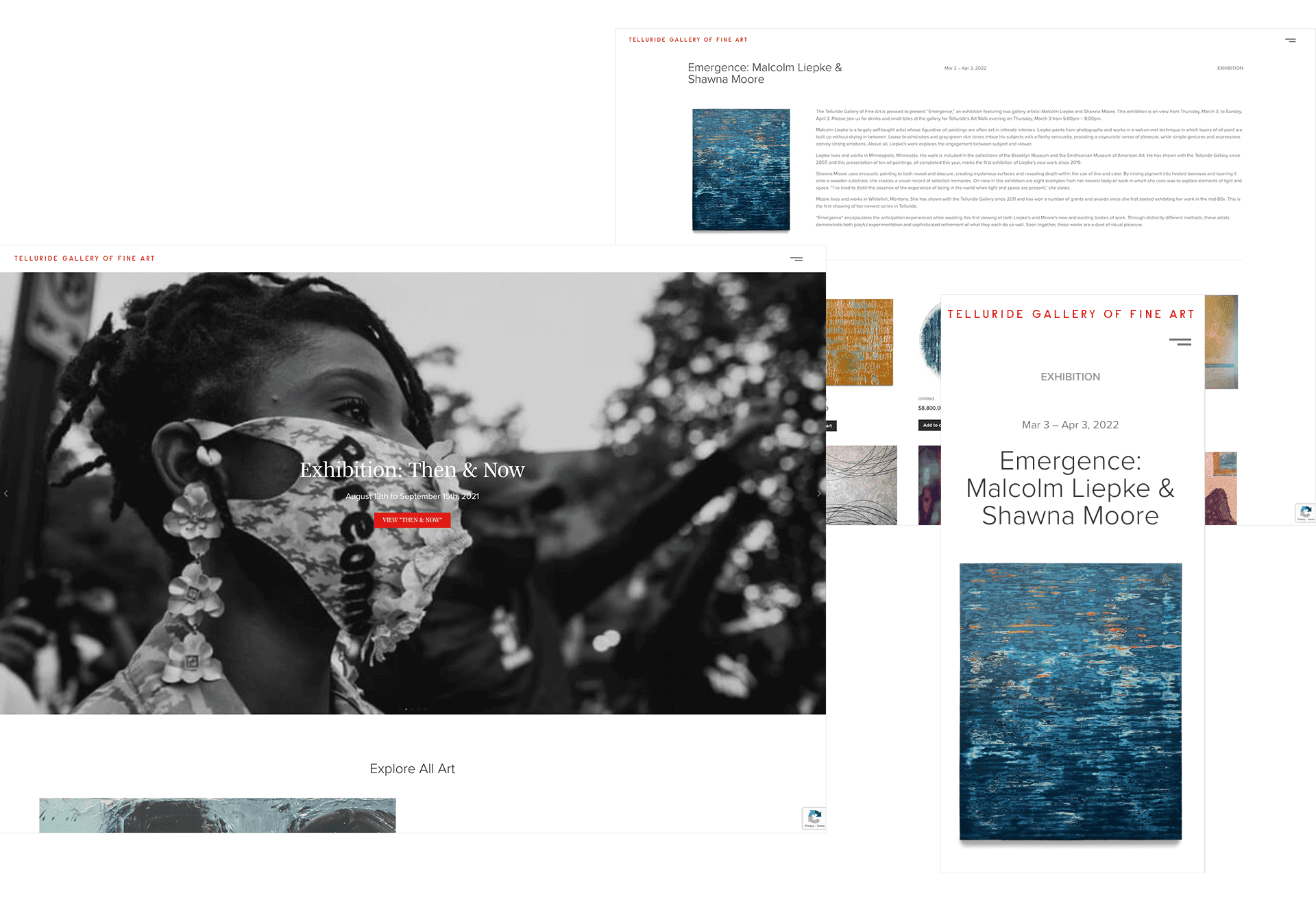



Why cause marketing?
Social Cause Marketing is about doing things for the right reasons. It’s the art of leveraging creative thinking to unite brands and nonprofit causes, driving meaningful change in communities and beyond.
A mentor once put it this way: “It’s selling teenagers safe sex instead of Nikes.”
We bring ideas to life—painting stories on any canvas to help you share your message in a way that resonates.
With a strong track record in delivering impactful advertising, public relations, and social marketing campaigns, we craft culturally relevant and audience-centric strategies focused on health promotion, community well-being, and sustainable lifestyles. Our expertise spans digital design, content creation, branding, social media management, and public art initiatives. By integrating creative storytelling with data-driven insights, we inspire action and drive measurable outcomes for public health and social impact initiatives.
We partner with nonprofits and small businesses to amplify their voices and create lasting change.